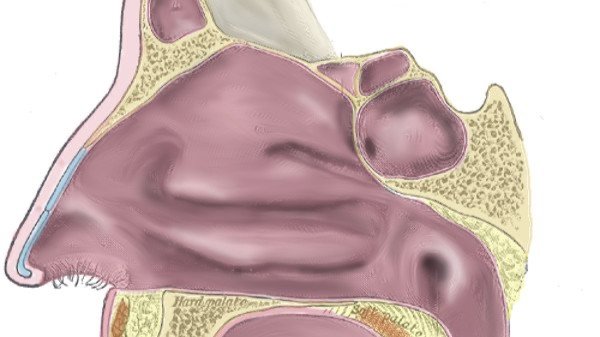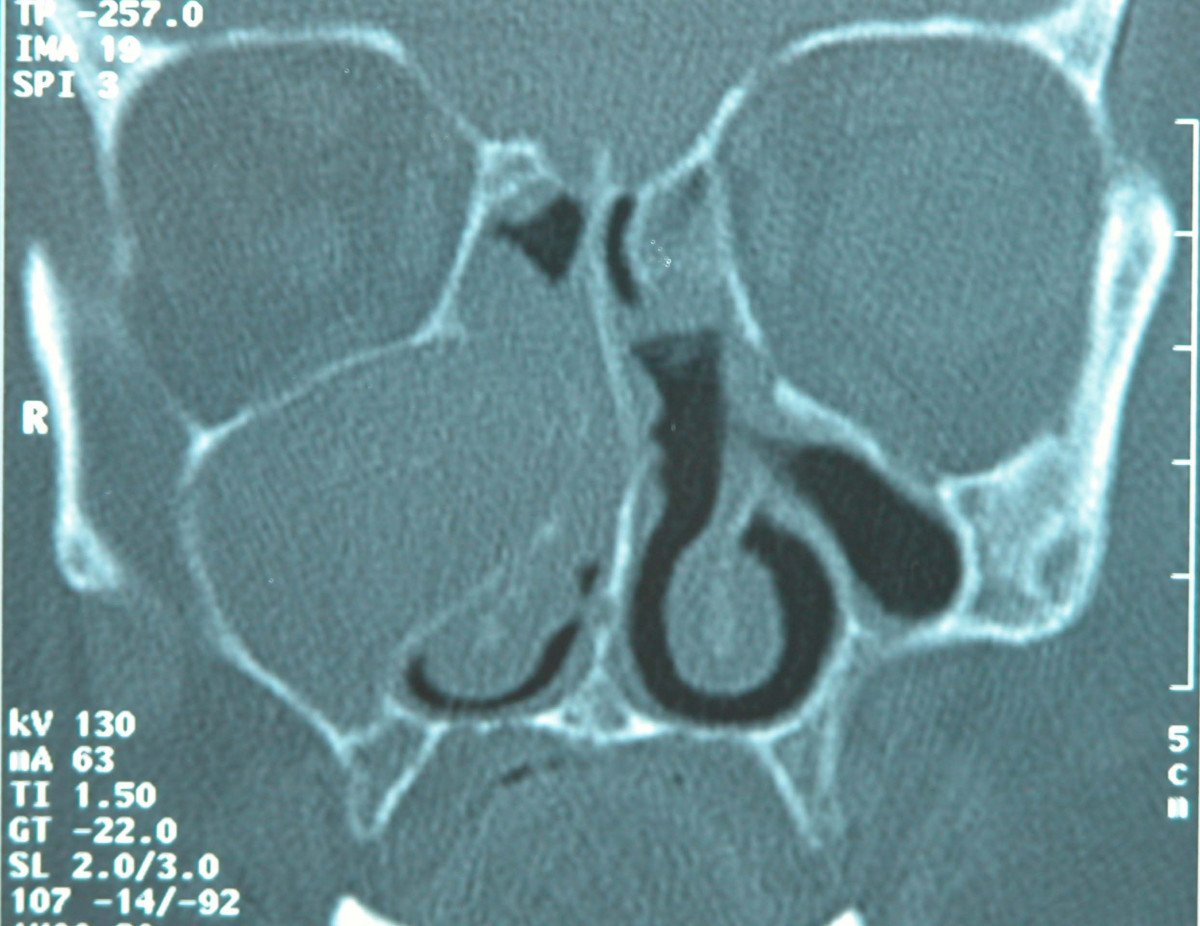
Sinus Surgery
Sinus Surgery
When is sinus surgery necessary?
Sinus surgery is indicated in certain individuals who suffer from chronic sinusitis and in a small number of people who suffer from acute sinusitis. Surgery is usually the last resort after medical treatment has failed to improve the patient’s symptoms. Medical treatment may include cortisone nasal sprays, cortisone in oral pill form and antibiotics. The goal of sinus surgery is the relief of symptoms, not to cure the disease. Chronic sinusitis is a persistent condition requiring continued treatment. Symptom relief is accomplished by systematically targeting any involved sinuses to clear and widen their natural openings that are obstructed. As part of this procedure, polyps, if present, are removed.
The opening of the sinus outlets is carried out meticulously and with precision. A few years ago sinus surgery was associated with a higher morbidity (discomfort, inconvenience and risk) than today. Thanks to the development of new techniques, instrumentation and training, sinus surgery today is a minimally invasive procedure often performed on an outpatient basis, without incisions in the majority of case
Can you give me more information on the follow-up after surgery?
Individuals are often discharged home on the day of the procedure. The recovery period varies but usually lasts a few days. During the first 7 to 10 days after surgery (occasionally longer) vigorous activity, heavy lifting, and nose blowing are discouraged. This is to avoid bleeding until the wound inside the nose has healed completely. Nasal rinsing with a salt-water solution is often prescribed in the days and weeks following surgery and antibiotics or other medications may also be prescribed depending on need. Post-operative visits with the surgeon to clean the nose of blood clots and crusts are often planned. The interval at which these visits are scheduled varies, again depending on the individual’s needs.
How is the surgery performed?
Endocopic sinus surgery is carried out with the use of an endoscope, which is a small telescope. This telescope, inserted through the nostrils, provides the surgeon with a magnified view of the nose and sinuses. A camera is attached to the eyepiece of the endoscope and the image from the eyepiece is then projected onto a video screen. The surgeon is then able to operate by looking at the video screen while holding the endoscope with one hand and using the other to insert various instruments through the nostril.
Once the procedure is completed, nasal packing may or may not be used, depending on the risk of bleeding. Nasal packing can take on many different forms, including a gauze strip (a long string of gauze coated with an ointment), as well as a variety of pre-made and commercially available packs of varying shape and size. A surgeon may even choose to use two fingers of a latex glove, one for each nostril. The duration of nasal packing varies depending on the surgeon, the patient and the risk of further nasal bleeding.
Disclaimer: The information provided in this section is intended for general educational purposes only and should not be considered as medical advice. This content does not cover all possible scenarios and should not be used as a substitute for professional medical advice, diagnosis, or treatment. We strongly advise you to consult with your doctor or a qualified healthcare provider if you have any questions or concerns regarding your medical condition or treatment.


